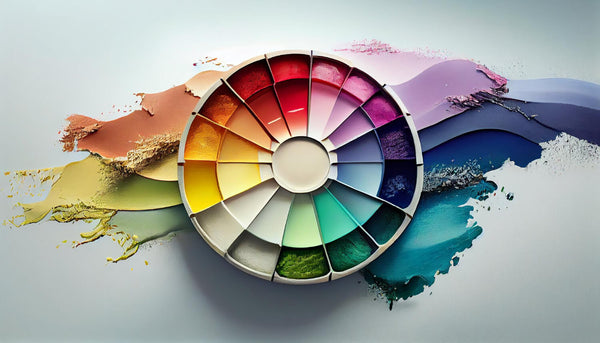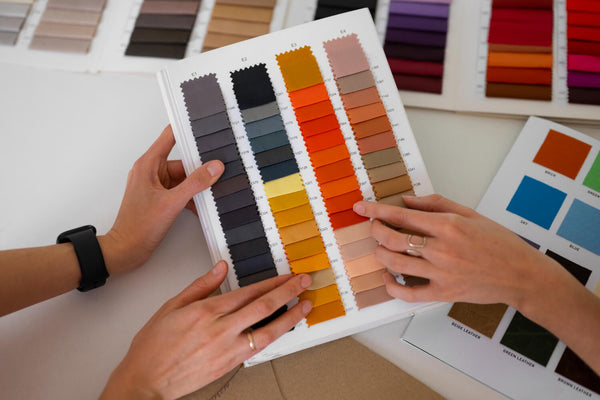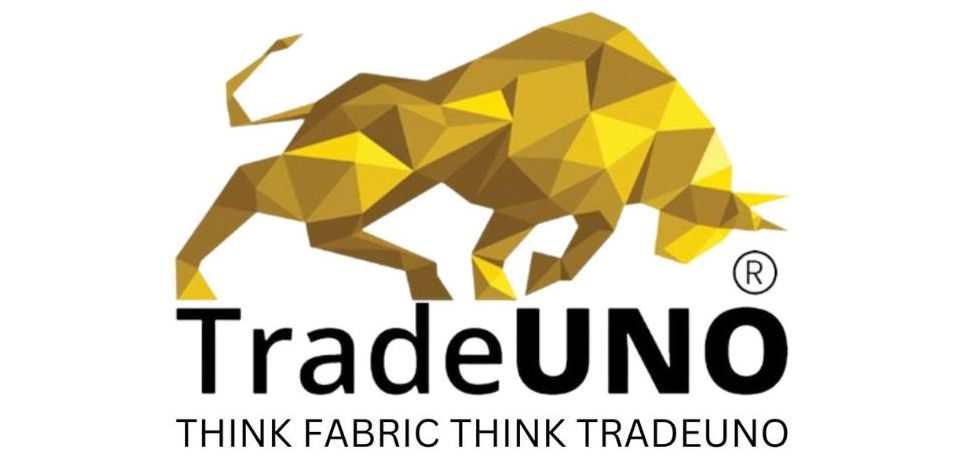Introduction About Pantone Shade
The design and marketing world has witnessed a monumental shift from traditional print fabrics to ever-expanding digital mediums. While Pantone shade charts have long served as the print industry's standard for predictable colour replication, digital platforms introduce new complexities for maintaining colour consistency.
As brands navigate integrating high-quality visual assets across websites, advertisements, social media and more, Pantone's universal shade coding system provides vital cross-platform continuity. The recognisable Pantone Matching System (PMS) codes decisively specify precise colours for accurate depiction regardless of digital device, browser or screen variances that alter visible hues.
The Evolution of Pantone in the Digital Era
Pantone has evolved to keep pace as we plunge deeper into the digital age. Their software has launched to make controlling colours in digital fabric projects more accessible and standardised. They've even developed cloud-based apps like Pantone Connect, which gives everyone access to Pantone colours, complete with RGB and HEX values. You can use these colours across different digital fabric design tools and websites.
The best part? You can accurately match Pantone colours in any context and play around with them digitally. This gives designers more creative freedom while ensuring the colours they download consistently. So, whether you're a developer or a printer, you can trust that the colours you're working with are precisely as they should be. It's a game-changer!
Pantone in Web Design and Digital Marketing
Pantone's physical shade cards remain a staple for textile designers to select and communicate colours accurately. But Pantone is also enhancing its presence in digital ecosystems to stay relevant to textile designers and marketers. Pantone's online colour tools allow you to select colour palettes and visualise how they render across fabrics like cotton, silk, wool, etc. This helps designers make informed colour choices digitally.
For marketing fabrics online, Pantone colours and codes help convey colours accurately across devices. The digital marketing guidelines assist brands in effective colour communication. Pantone also partners with web design platforms to provide plugins for displaying fabric visualisers, custom pattern designers, and other engaging colour-based web experiences to consumers.
Using Pantone colours can take your website's design to the next level. Imagine vibrant graphics, cool hover effects, smooth transitions, and eye-catching buttons in your brand's unique Pantone colours. It's a great way to make your brand's personality shine through every element of your website, from the layout and fonts to the navigation features. So why not give it a try? It could be the splash of colour your brand needs!
Read more: Trending Colors And Their Meaning

Future Trends and Technologies
As the design and fashion world moves towards digital workflows, Pantone is innovating to remain relevant. Pantone is expanding beyond physical shade cards to digital colour libraries integrated with fabric design software. By scanning a sample, mobile apps allow designers to match real-world colours to Pantone codes.
On-demand digital printing enables exact Pantone colours to be reproduced on fabric without dye lots or inventory. Pantone is also developing spectral prediction formulas to ensure consistent colours digitally across different materials and production methods. Their partnerships with digital fashion platforms pave the way for the virtual prototyping of designs in true-to-life Pantone colours.
Pantone's dominion over standardised colour reproduction will undoubtedly carry forward as exponential technologies reshape applications for commercial hues. With colour accuracy acting as the lifeblood of holographic simulations, multi-dimensional design systems, virtual communications and commercialisation of extended realities on the horizon, Pantone remains positioned to provide the foundation for digitally transmitted colours.
Read more: The Positive Impact Of Digital Printing Technology On Fabric Design
Pantone in Virtual and Augmented Reality
Virtual and augmented reality are transforming textile design workflows. Pantone is leveraging these technologies to allow designers to visualise and experiment with colours and fabrics digitally.
Pantone's VR solution lets designers import patterns and drapes to view lifelike renderings in accurate Pantone colours. An augmented reality app allows overlaying and matching Pantone colours to any real-world object or environment through a mobile camera.
By simulating fabrics and palettes digitally, designers can evaluate concepts without physical sampling - saving time and resources while enhancing creativity. Pantone's VR and AR innovations bring virtual prototyping and immersive colour experiences to textile design.

FAQs about Pantone Shade in Digital Age
1. How does Pantone remain relevant in the age of digital design?
Ans: Pantone stays relevant in the digital design era by constantly updating its offerings, including apps and device enhancements, to easily apply high-fidelity colours.
2. Do Pantone colours look accurately matched from device to device?
Ans: Pantone colours generally appear consistent across devices due to built-in colour correction. However, achieving perfect uniformity also depends on the quality of the device's display.
3. How does someone access the official Pantone digital colour?
Ans: To access the authorised Pantone digital colour, one can use Pantone Connect. This digital platform provides complete access to every Pantone Color in every Pantone Library. It permits users to find, organise, and access colours across various devices and platforms. Through annual paid subscriptions granting access for downloads from the Pantone Cloud platform integrated into design development programs.
4. What technologies utilise Pantone colour matching?
Ans: Industries from textiles to 3D industrial design incorporate Pantone into style guides and final output, requiring reproducible colour—brand continuity benefits.
5. How does Pantone assist virtual world-building?
Ans: It helps creators establish industry-standard photorealistic colour in simulation development that matches expectations shaped by real-world colour memory-coded
 Call Us
Call Us
